When vetting painting contractors for building maintenance, it is, of course, prudent to get several commercial painting quotes to compare. But a number on a page won’t give you a clear idea of what’s included in the cost. To look beyond simply who has the highest or lowest offer, and truly be able to gauge whether that contractor is the right one for the job, you will need a lot more information.
This is why a comprehensive commercial painting quote or proposal is so useful – after all, the devil is in the details. Too often, though, painting contractors will keep it vague - providing very few details about the scope of work involved, timing and deadlines, or their prior experience. This can result in an unsatisfactory job, wasted time and blown-out costs – not to mention headaches for you and your facilities team sorting out the issues.
By being upfront about what you want from your contractor’s painting quote from the word go, you can ensure you’re comparing apples with apples, and selecting the best contractor for the job.
Before you request the commercial painting quote
If the contractor is not already familiar with the property, a site visit is essential. This is helpful for both parties, as you can be very clear about which areas need attention and other aspects of the project, while the contractor can provide recommendations and assess the current condition of the paintwork.
Once you’re both in agreement with regard to the project’s objectives, it’s time to request a commercial painting quote. Be sure to provide a reasonable deadline, and don’t accept any late offers – if the contractor misses the deadline, that is a bad sign that they may not be mindful of the project timeline either.
What to expect from a commercial painting quote
When you request a commercial painting quote, be sure to ask that the contractor address all of these areas in writing to ensure that everyone is on the same page and in case you need to refer back to it at a later date.
Scope of work
The scope of work should be an itemised list of all the work that the project entails. It is crucial that the scope is as detailed as possible, to avoid any misunderstandings from either party about what the end results should be.
The scope of work should include:
- Areas to be addressed: The scope of work should clearly stipulate which areas are to be painted. (You may also want to stipulate areas that are NOT to be painted to ensure there’s no room for error.) You will most likely need to initially provide the contractor with your own list that covers this, in order to help them put together their quote. Be sure this section is as specific as possible, including quantities, and remember things like gutters, trims, fascias, eaves, windows and doors. (For a good example of what should be included here, check out Brisbane City Council’s ‘Specifications for the painter’ document.)
- Surface preparation: Will the surfaces be repaired, stripped, cleaned and/or sealed? If so, how?
- Surface painting and finishing: Is it necessary to apply a primer? What type of undercoat will be applied? How many coats of paint? What specific brand and type of paint will be used?
- Access: How will the contractor access hard-to-reach areas? Will scaffolding and/or hoists be necessary? Are there certain areas that need to be kept accessible at all times?
- Safety: How will the contractor ensure the safety of their workers as well as anyone else who still needs to access the area that is being repainted?
- Specialised services: Are there any specialised services required, such as colour consultation or chemical stripping?
A clear, detailed scope demonstrates that the contractor has an excellent handle on the requirements of the project and the idiosyncrasies of the site. What you don’t want to see is a scope of work that looks like it was copied and pasted from a template – that contractor hasn’t done their homework, and is far more likely to run into trouble down the track.
Liaison arrangements
The last thing you want is for a painting contractor to accept the job and then forget all about you. You want to make sure the contractor is on top of things and committed to finishing the job to the highest standards.
The quote should, therefore, include suitable liaison arrangements to ensure you get regular updates throughout the project – for example, will there be a project manager on-site at all times, or will one visit the site occasionally? How and when will project updates be communicated to you?
You may also want to stipulate if the contractor is required to work with existing contractors and/or staff. When Higgins carried out an external repaint of Xavier College in South Australia, for example, it was imperative that we work closely with the onsite building contractor to achieve the desired effect in the short timeframe allotted.
Price
Often, contractors will supply a single price for all the items listed in the scope of work, but this really doesn’t give you a good idea of what you’re paying for. Instead, request an itemised price list, ordered by priority. This gives you a lot more flexibility and control – for example if a less urgent area is going to cost more than you anticipated and take you over your maintenance budget, then you can leave that area for another time. You may also be able to negotiate on smaller items more readily than you can on a lump sum.
It’s also important that it is clear whether or not the final quote is inclusive of all labour, equipment and materials. Any offers, inclusions and terms of payment should also be included here.
You may also want to explore if there is any opportunity for a long-term partnership – a maintenance agreement, for example, may cover the work you want, while spreading out the costs over a longer period.
Timetable
When it comes to painting properties, minimising disruption for everyone involved is key. You want your contractor, therefore, to demonstrate flexibility and reliability.
A detailed timetable shows a contractor is able to complete the work outside of your building's core operating hours and within the desired timeframe.
Experience
When comparing contractors, experience is an important factor to consider – especially if the project is complex, or requires particular care (as would be the case with a heritage building, for example). It is prudent, therefore, to ask that contractors demonstrate they have adequate experience to do the job at hand, whether that’s by providing referrals from similar clients or case studies of similar jobs.
By including all this information, commercial painting quotes become valuable assessment tools to help you make the best decision possible.
Paintwork can be one of the most expensive and challenging projects for commercial property facilities managers. But don't worry - we've got you covered. In our comprehensive guide to painting commercial buildings, you'll learn everything you need to know for a high-quality, long-lasting and cost-effective result. Download it today.
Higgins Coatings is Australia's premier commercial painting contractor with over 70 years of experience in providing cost-effective painting and tailored maintenance solutions to a broad range of industries including hospitals, aged care, schools, and strata. If you need quality painting services delivered on time and within budget, contact us today.
Recent Posts
-
The cost-effective solution
Dhananjay Kapoor07 Oct 2025 at 10:10 PM -
Why schools are choosing floor rejuvenation
Dhananjay Kapoor07 Oct 2025 at 10:09 PM -
Why leading schools choose Higgins for floor rejuvenation
Dhananjay Kapoor07 Oct 2025 at 10:09 PM -
Floor rejuvenation in action
Dhananjay Kapoor07 Oct 2025 at 01:53 AM -
Top trends affecting the value of commercial property in Australia
Higgins Coatings01 Jul 2025 at 01:30 AM -
Your guide to budgeting for commercial building painting
Higgins Coatings23 Jun 2025 at 11:15 PM -
Painting apartment exteriors: Best practices
Brendan Childs02 Mar 2025 at 10:00 PM -
Strata painter: 7 key considerations for hiring
Narell Majic02 Feb 2025 at 10:00 PM -
How to find good tradespeople you can always rely on
Sam McHugh08 Jan 2025 at 10:00 PM









